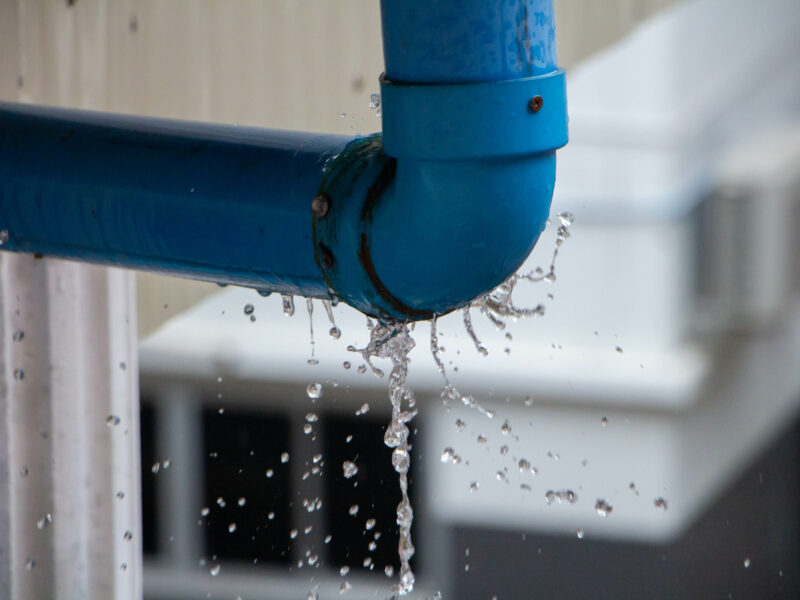Why Choose Us
If you have any problems with your drains, including a blocked or damaged drain then we’re the company to call. We specialise in all types of drain repair service and offer emergency 24 hour call outs and insurance work.
We’ve been supplying Sussex and the South coast with drainage service for years and have lots of testimonials from happy customers all over Sussex. We’re on Check-a-Trade, so you can see for yourself our unbiased reviews and see why Coastal Drains are the number one drain repair service for the southeast of England.
- Same Day Service
- Over 10 years Experience
- 24hr Call Outs
- Friendly & Reliable
- No Hidden Charges
- 9.7 / 10 Check-A-Trade
- Lowest price Guarentee
- Over 300 5 Star Reviews













